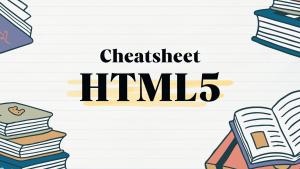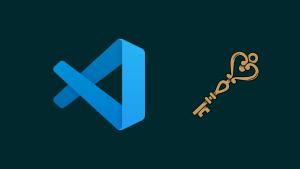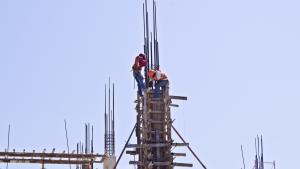Laravel is a framework which Taylor Otwell developed in June 2011. It is now one of the most famous PHP frameworks and has 76.1K stars. Many people are using it, and even enterprises also use it. In this post, I will show the umbrella of tech stacks under Laravel and what you will get when you master it.
What is Laravel?
Laravel is a PHP framework for working with clients. It can do the Console, Web and API endpoints. You can build a web application using Laravel, a Console app, or even a native desktop app (even if it is in the alpha stage). It is a full-stack for back-end development.
What is PHP?
PHP was created by Danish-Canadian programmer Rasmus Lerdorf in 1993 and released in 1995. It is a scripting language and very slow at first. After years of improvement, PHP has become fast enough to serve 79.2% of the web world and 33.7% of the programming language market share.
The learning curve of Laravel
Laravel relies on Symphony. It uses many symphony libraries, but they are not the same. To use the Laravel, you have to learn PHP. You need to understand Client-Server Communication and some networking. Stateless communication and data communications are also mandatory for web development. The anatomy of the Operating System is a must for the web.
Combating with Console
The main struggle of PHP to Laravel is the console. The console is the key to creating controllers, jobs, notifications, etc. We are stepping from PHP, we learn laravel without any knowledge, and the terminal commands are very sophisticated to type on. From time to time, you will get used to it. Brace yourself!
MVC Pattern
Laravel is an MVC Pattern similar to the 3-layer system of J2EE. In J2EE, there are presentation layer, logic layer and database layer. Laravel has a Model, View, and Controller. Laravel separates the logical layers into many classes, views into blades, and also includes ORM, named Eloquent.
The bridge between NodeJS and PHP
Laravel is the bridge between PHP and NodeJS. It has resource bundling and mixing front-end libraries with NodeJS. Laravel has NodeJS and PHP packages, so don't forget to build both before deploying to your server.
NodeJS
According to Wikipedia, Node.js is a cross-platform, open-source JavaScript runtime environment. Node.js lets developers use JavaScript to write command line tools and for server-side scripting. With the combination of Laravel, you can learn the features of NodeJS.
The Webpack was in the earlier version of Laravel, but later it changed to Vite. You also will learn it.
React, Vue, Livewiewire and Blade
Laravel has a templating tool built-in named Blade. It is like twig in Symphony, but they are not the same.
If you need more, with the help of Vite, you can have React, Vue, or any other JavaScript framework for the back end. Thinking about communication? We have IntertiaJS, the connector between the front-end NodeJS framework and the back-end Laravel.
Related Post: Laravel Blade, when to use it?
The Art of Headless
Laravel can also act as a Headless framework for your project. You can use any other front-end framework for your business needs and let Laravel serve from the back-end processing. NextJS is one of the best matches with Laravel.
NextJS
Next.js is an open-source web development framework created by the private company Vercel, providing React-based web applications with server-side rendering and static website generation.
Deploying
To deploy a Laravel app to the production, you must know the following: docker, object storage and the cloud. Docker is a containerizing platform. Object Storage is storage which can be accessed using HTTPS, and the cloud is where you store your data on someone else computer.
The future of Laravel
Laravel will have new features in these years. File-based routing and slim skeletons are famous. The community is evolving, and new features are still coming, but they now focus mainly on stability. We have a lot of excitement and breaking changes in Laravel 5, but it is now more stable. The strong community and helping hands will drive Laravel further.
Is PHP dead? (Bonus:)
In short, PHP is Phoenix. Laravel is its wings. That's all.





